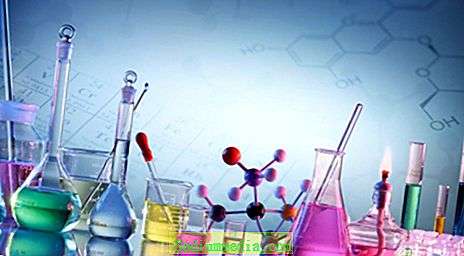The synthesis of polyether polyols requires the use of propylene oxide
The traditional chlorohydrin or hydroperoxide processes can
be used to manufacture propylene oxide (PO). Propylene is combined with
chlorine and water to generate propylene chlorohydrin, which is then converted
to PO using sodium or calcium hydroxide, resulting in a vast volume of
valueless chloride salt. The hydroperoxide method involves oxidising
ethylbenzene or isobutane to hydroperoxide, then reacting propylene with the
hydroperoxide to create PO with a high concentration of styrene monomer or
t-butanol co-products. Extensive research into novel PO processes is being
conducted to alleviate these shortcomings.
According to Coherent
Market Insights the Propylene
Oxide Market Global Industry Insights, Trends, Outlook, and Opportunity
Analysis, 2022-2028
Propylene oxide (PO) is required for the production of
polyether polyols, propylene glycols, 1,4-butanediol, and other chemicals. It
is generally employed as a key precursor in polyurethane systems to produce
stiff foams used largely as superior insulating materials, flexible foams used
for seat cushioning, bedding, and furniture, and non-foams in coatings,
adhesives, sealants, elastomers, and other applications.
Competing PO production techniques generate a huge amount of
by- or co-products. As a result, Evonik and thyssenkrupp (tkIS) developed and
commercialised a smart process that is more efficient and environmentally
benign. It is known as "HPPO" (Hydrogen Peroxide to Propylene Oxide)
and is licenced by tkIS and Evonik. The oxidising agent in the HPPO process is
hydrogen peroxide, which oxidises propylene to propylene oxide with only water
as a byproduct. The HPPO process's catalyst system is based on titanium
silicalite (TS-1), a zeolite in which individual silicon atoms have been
substituted with titanium atoms. Evonik created this one-of-a-kind catalyst,
which has proven to be good for epoxidation and ammoxidation processes with
hydrogen peroxide.




Comments
Post a Comment